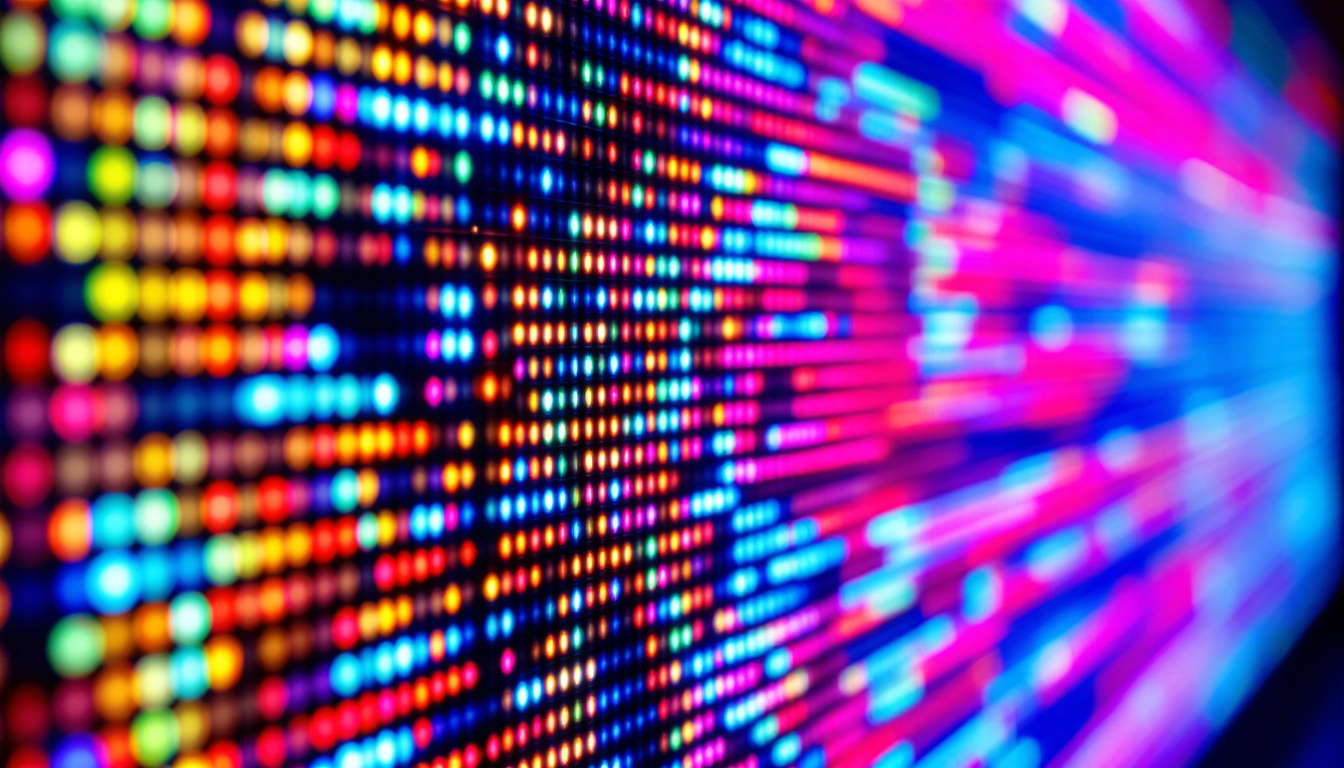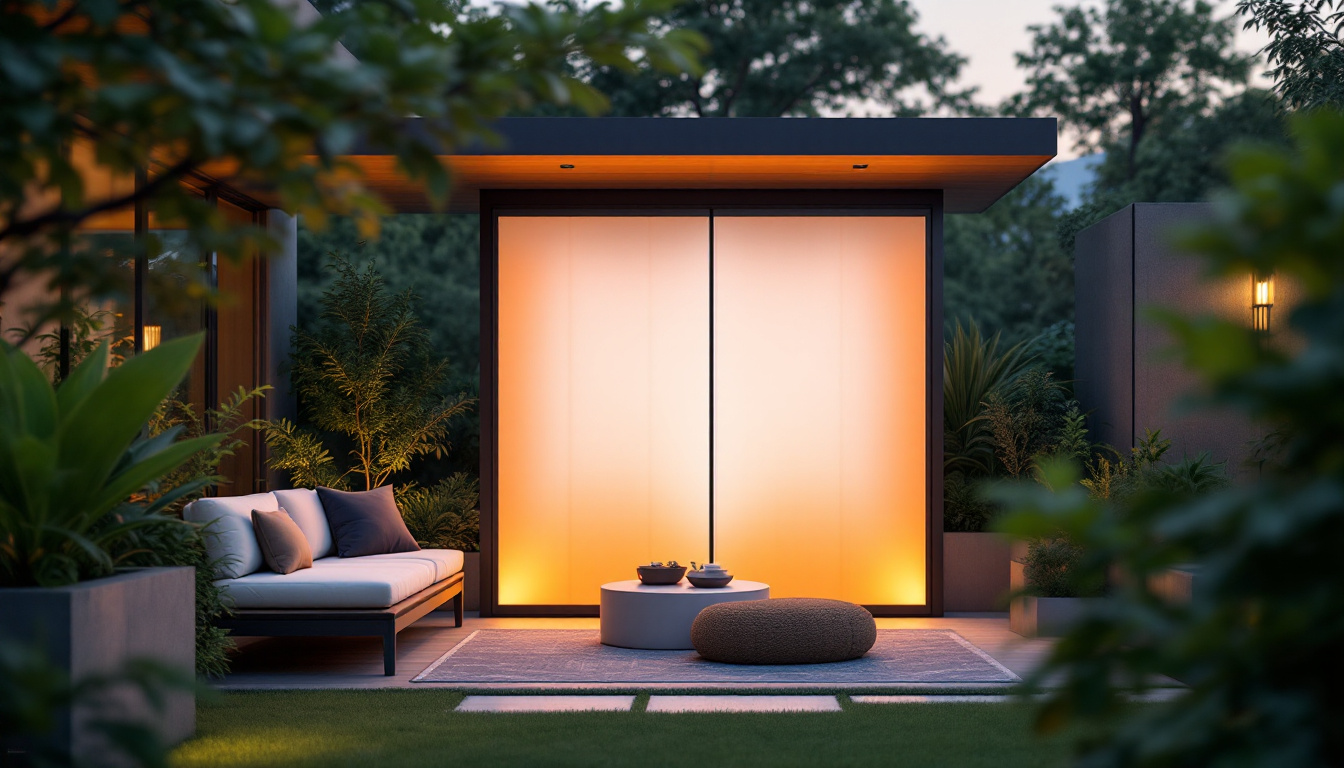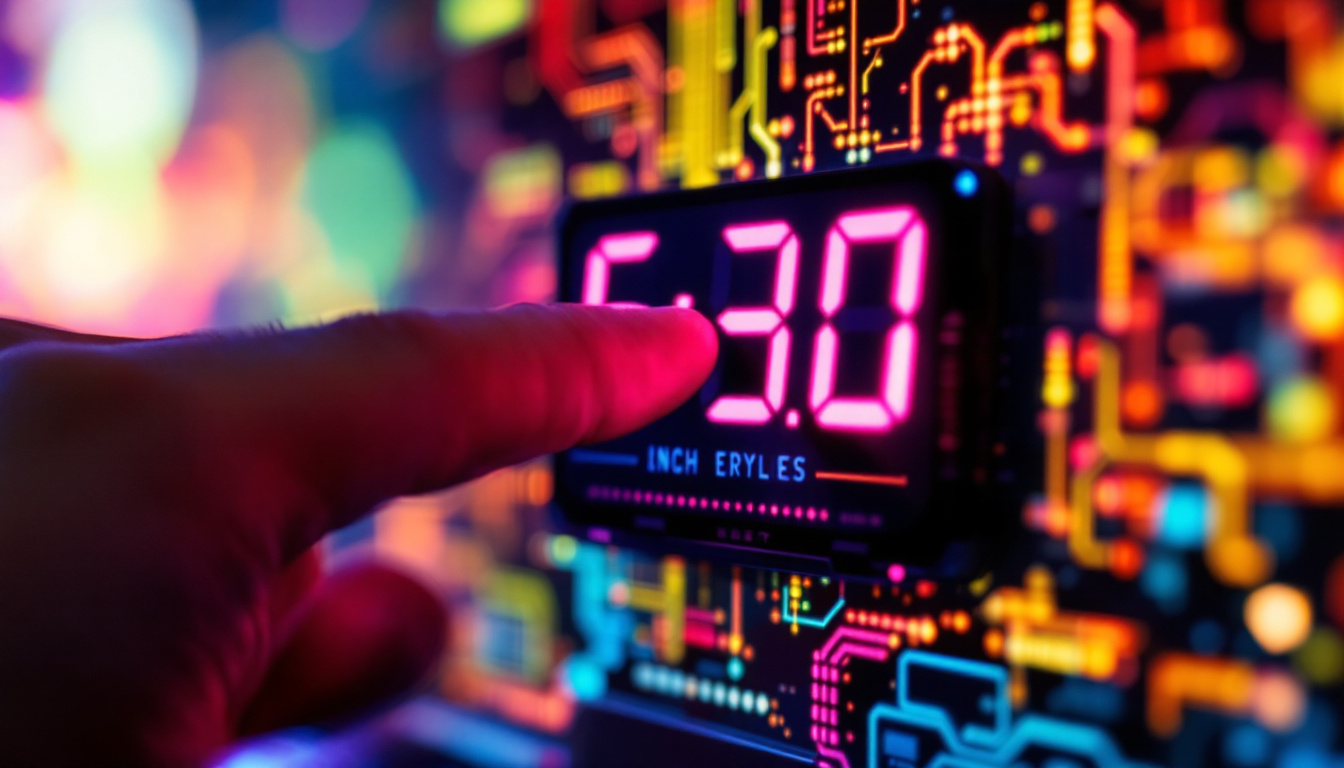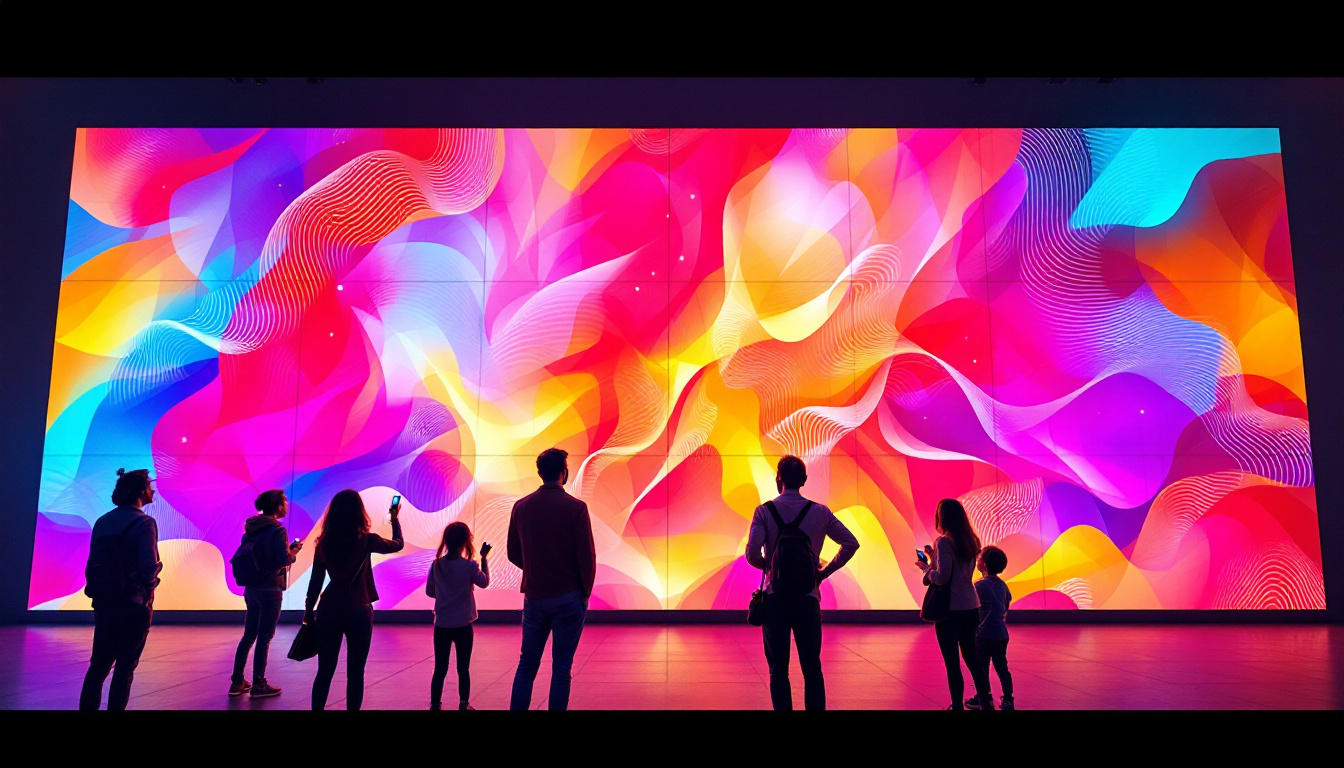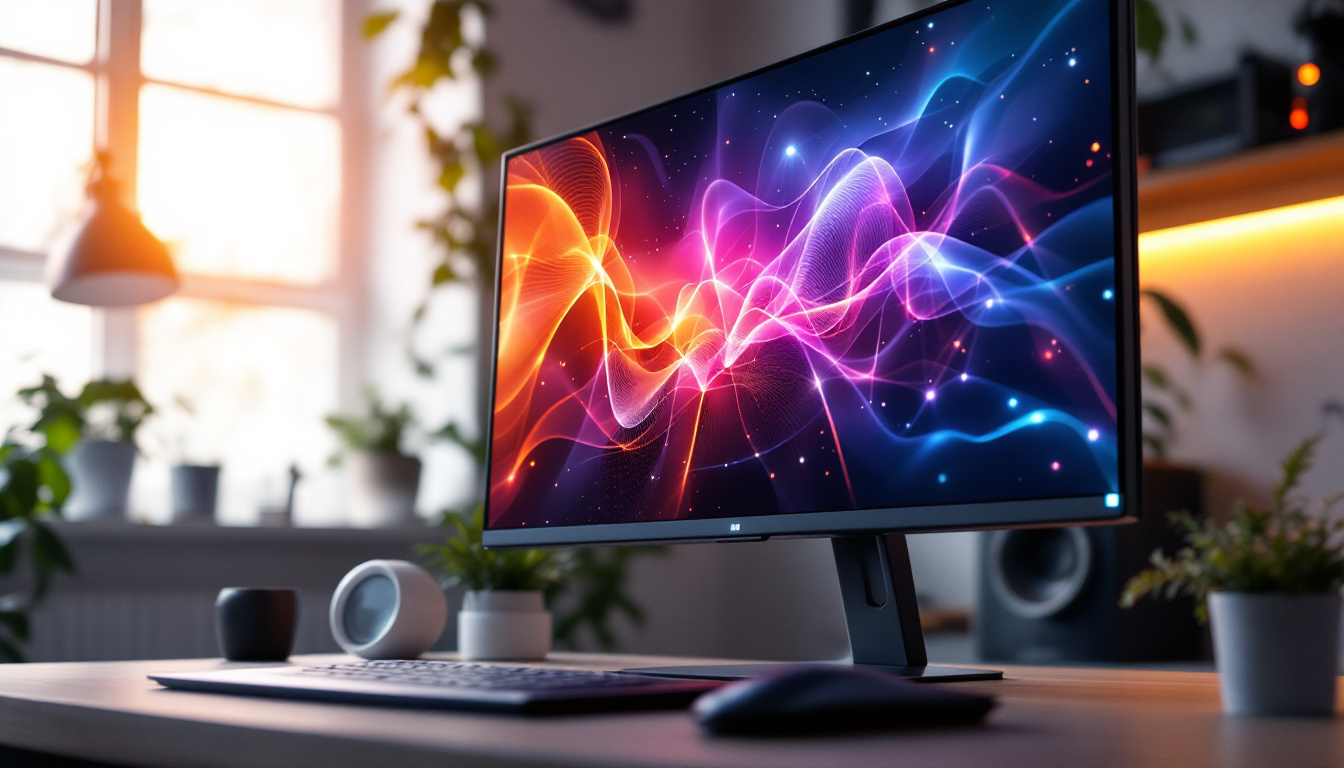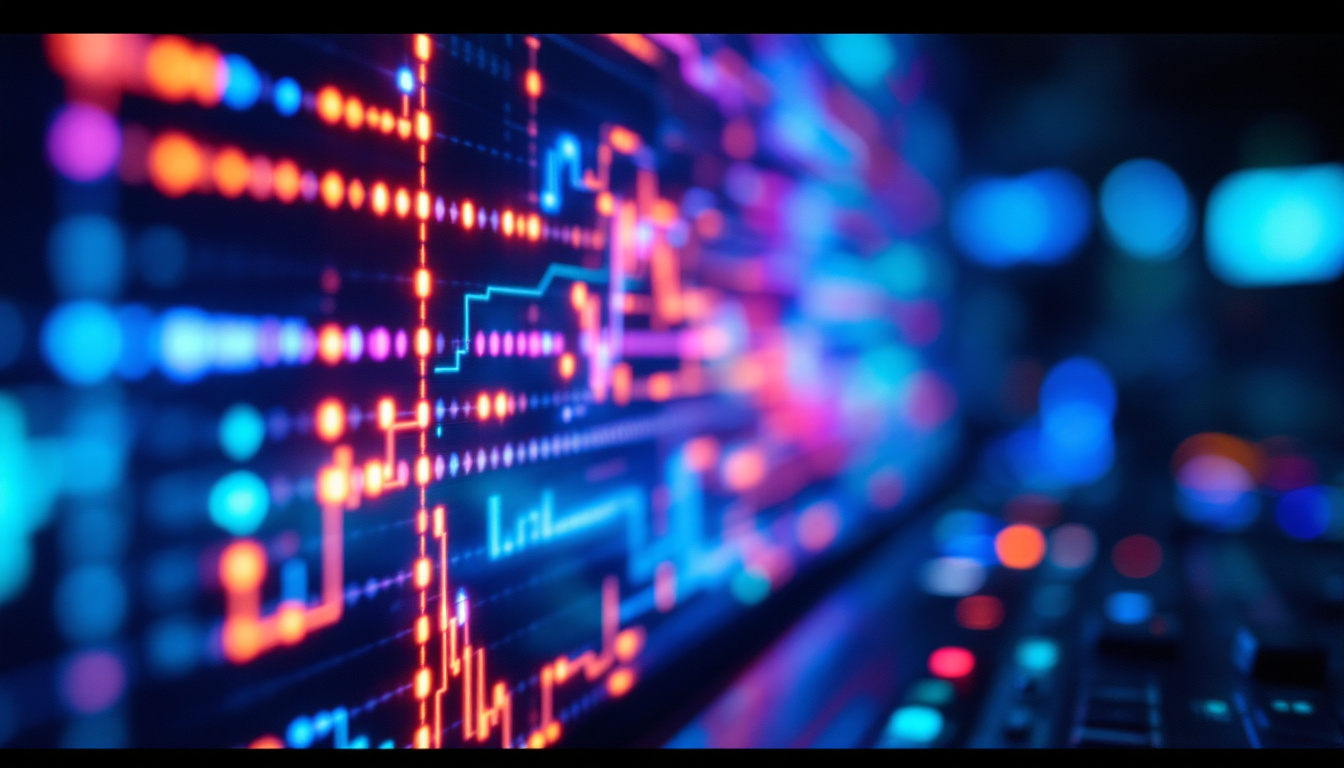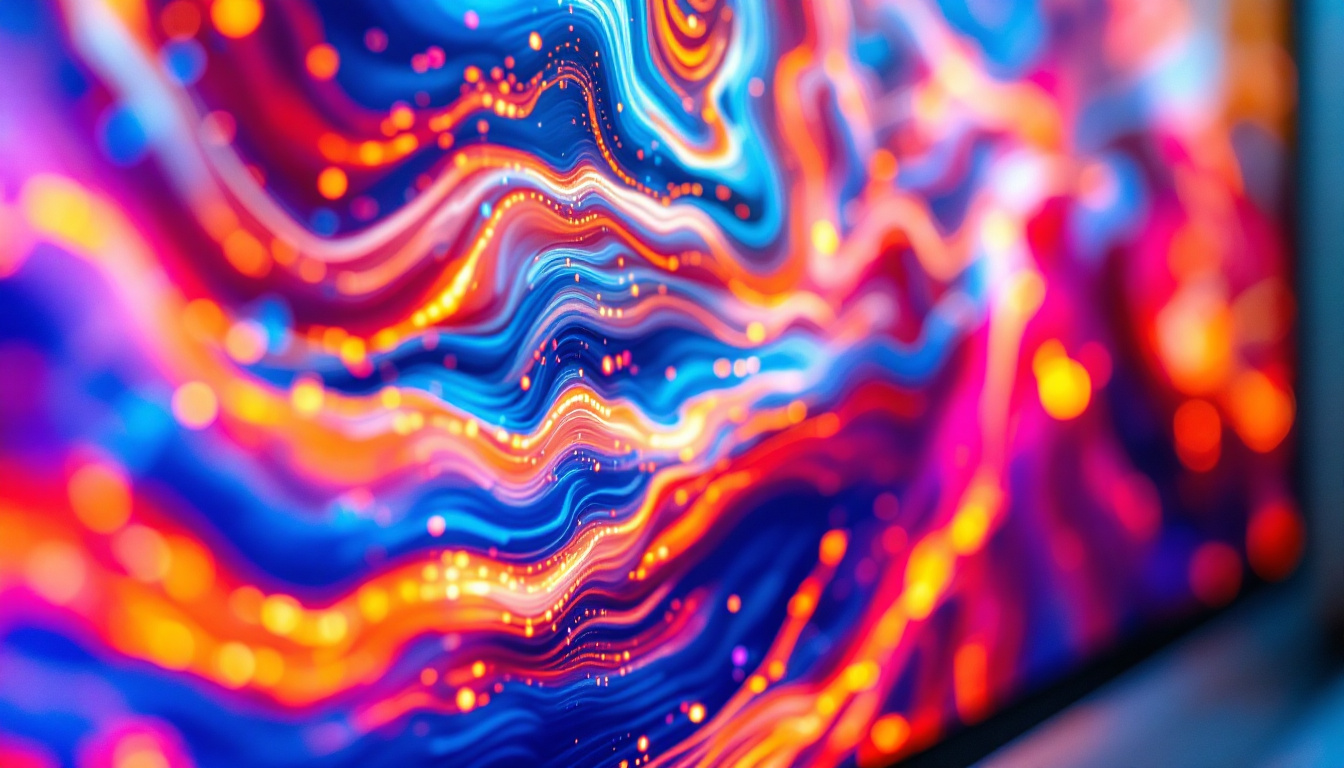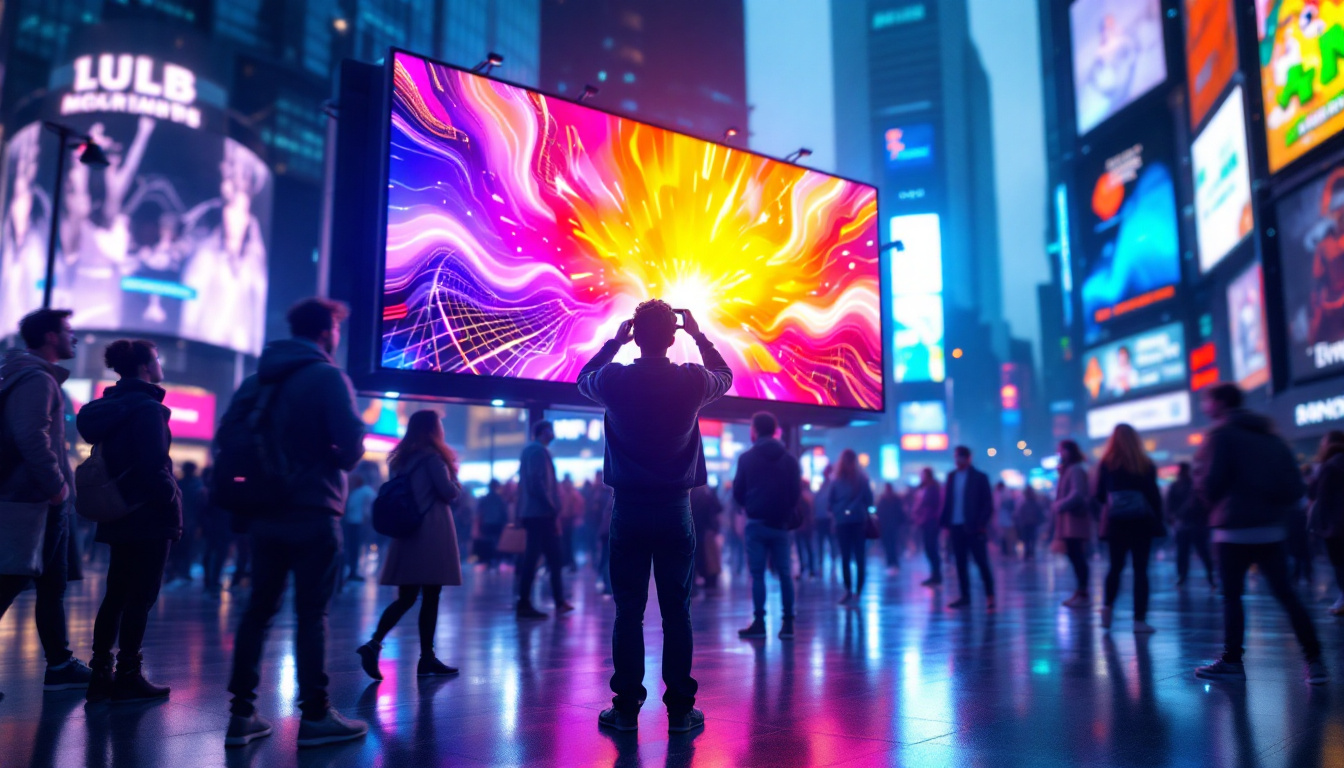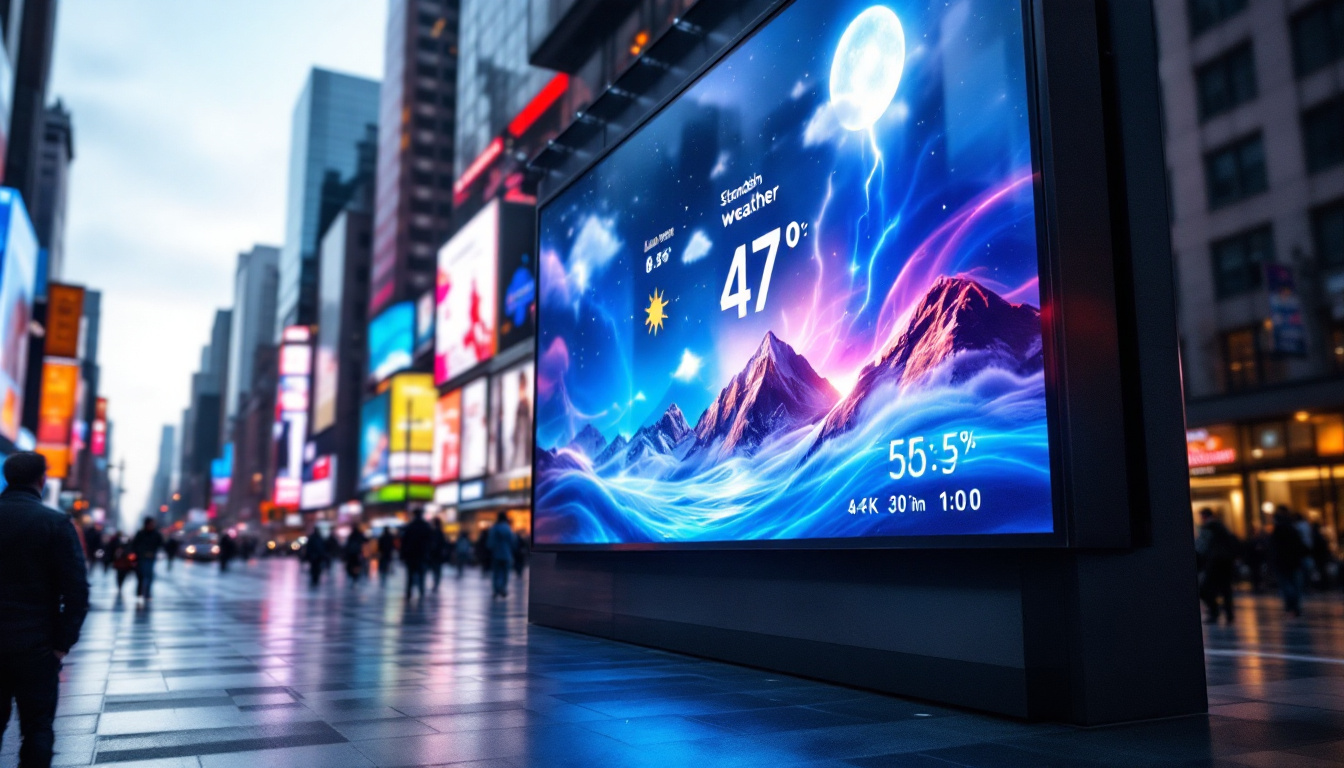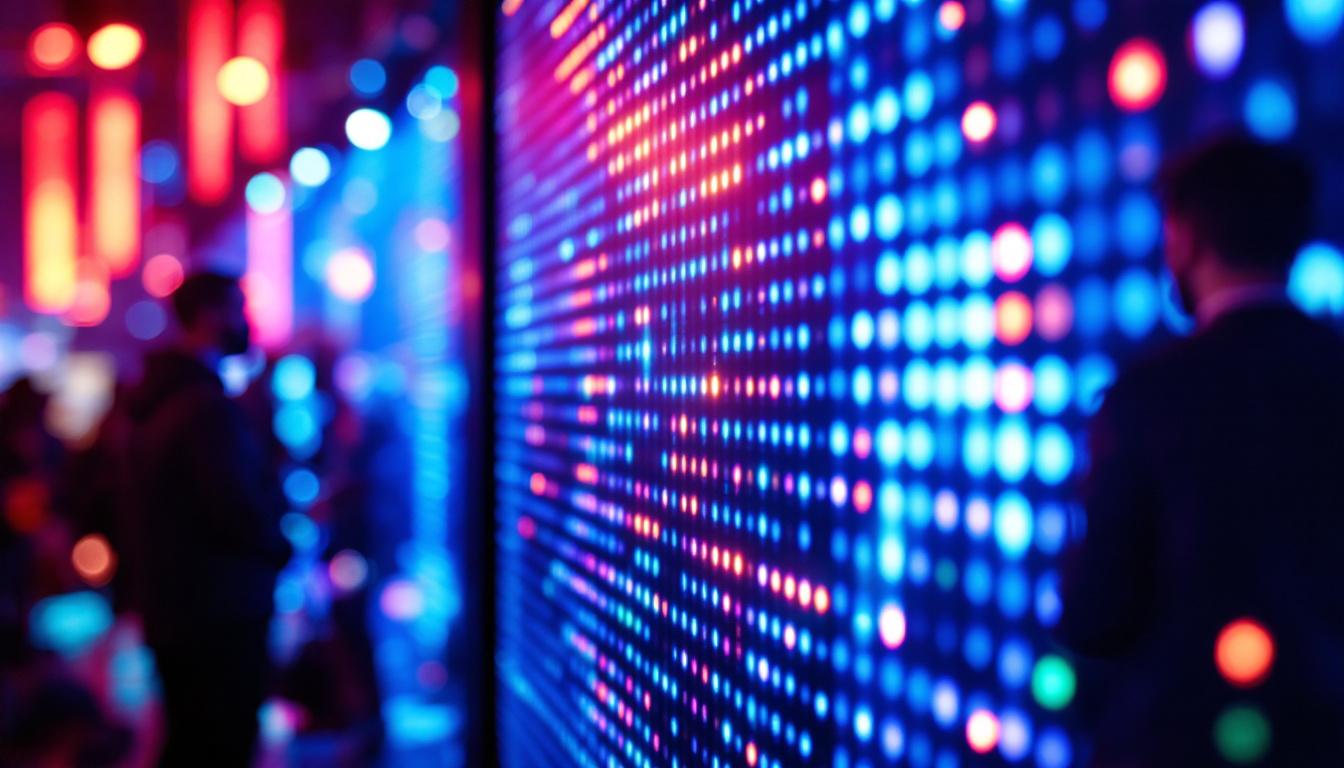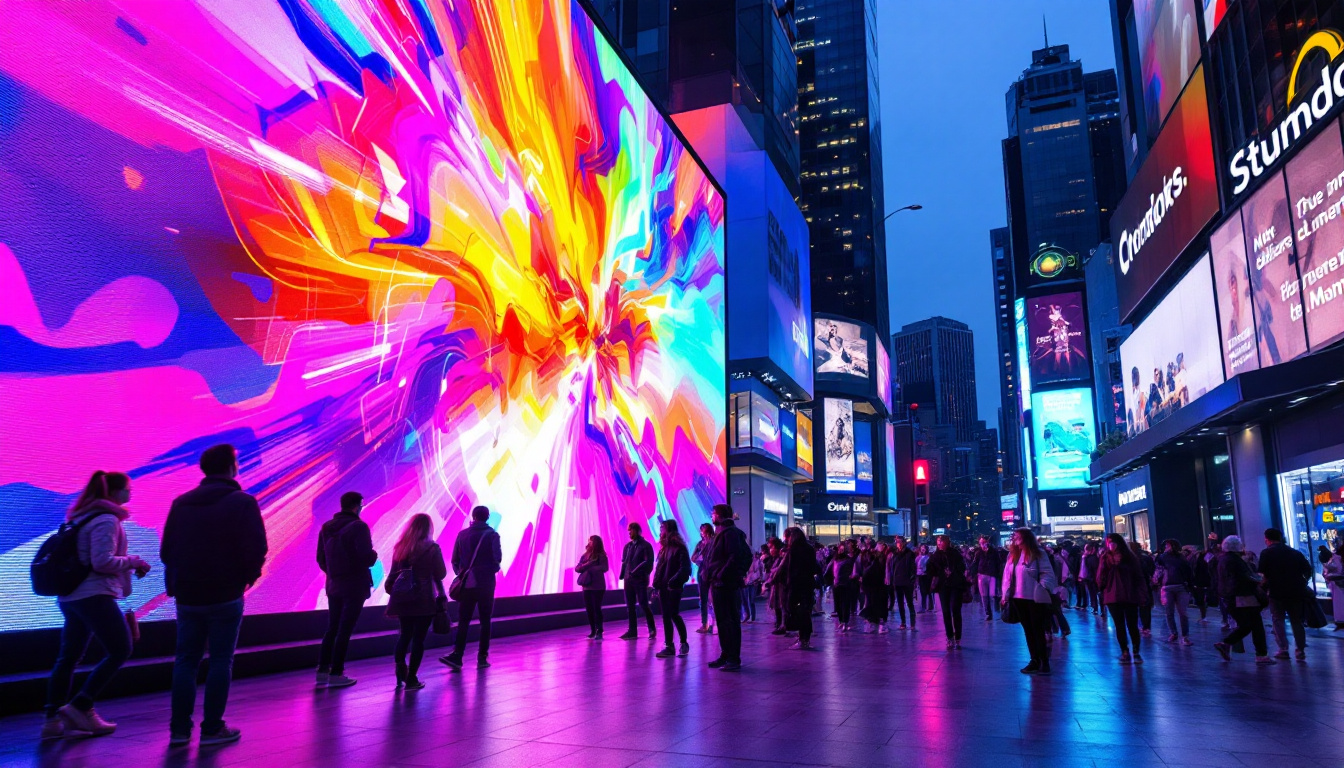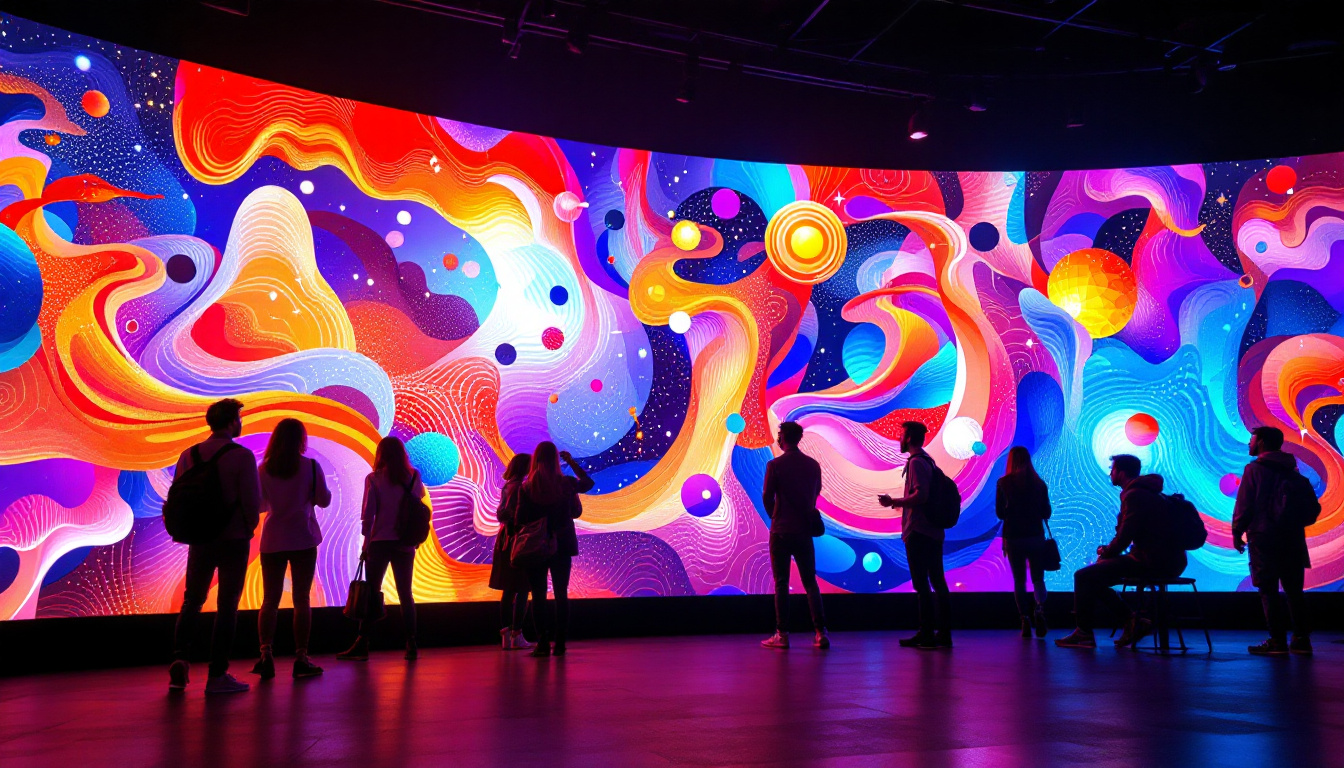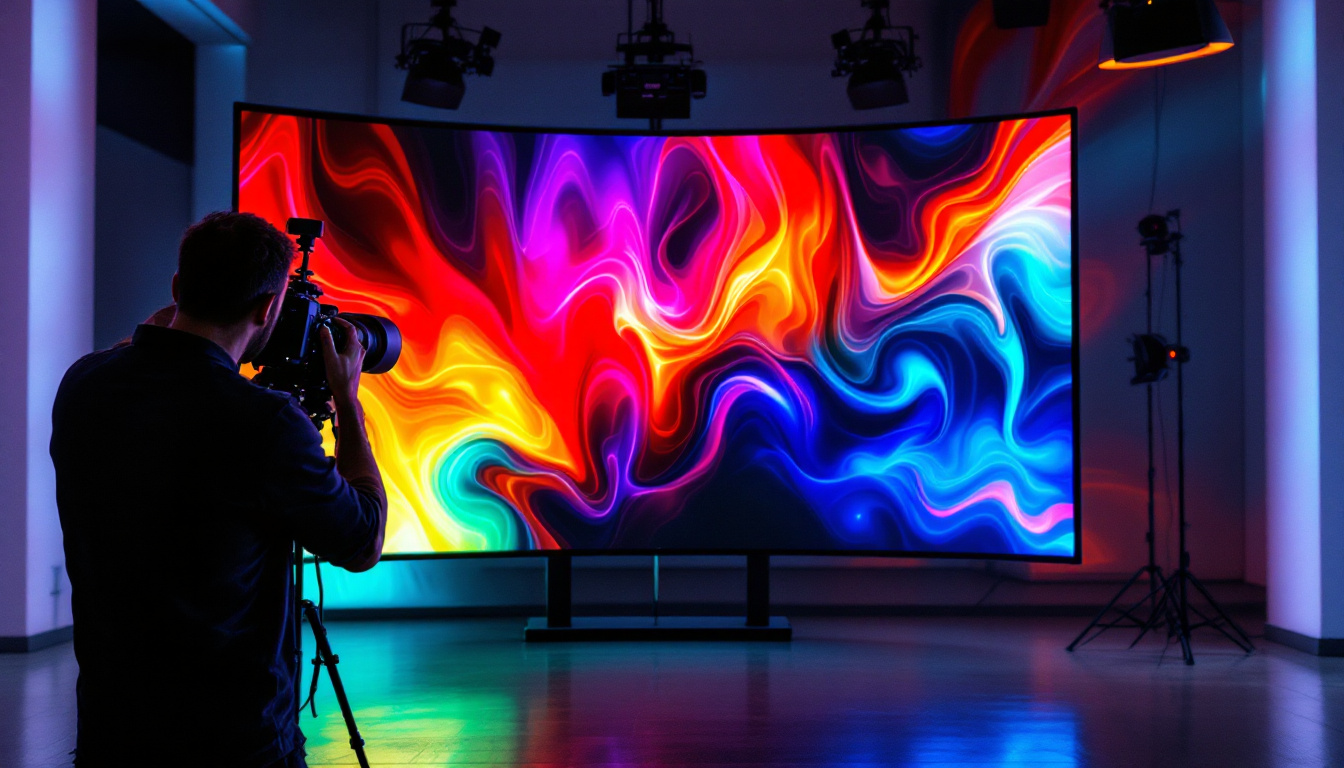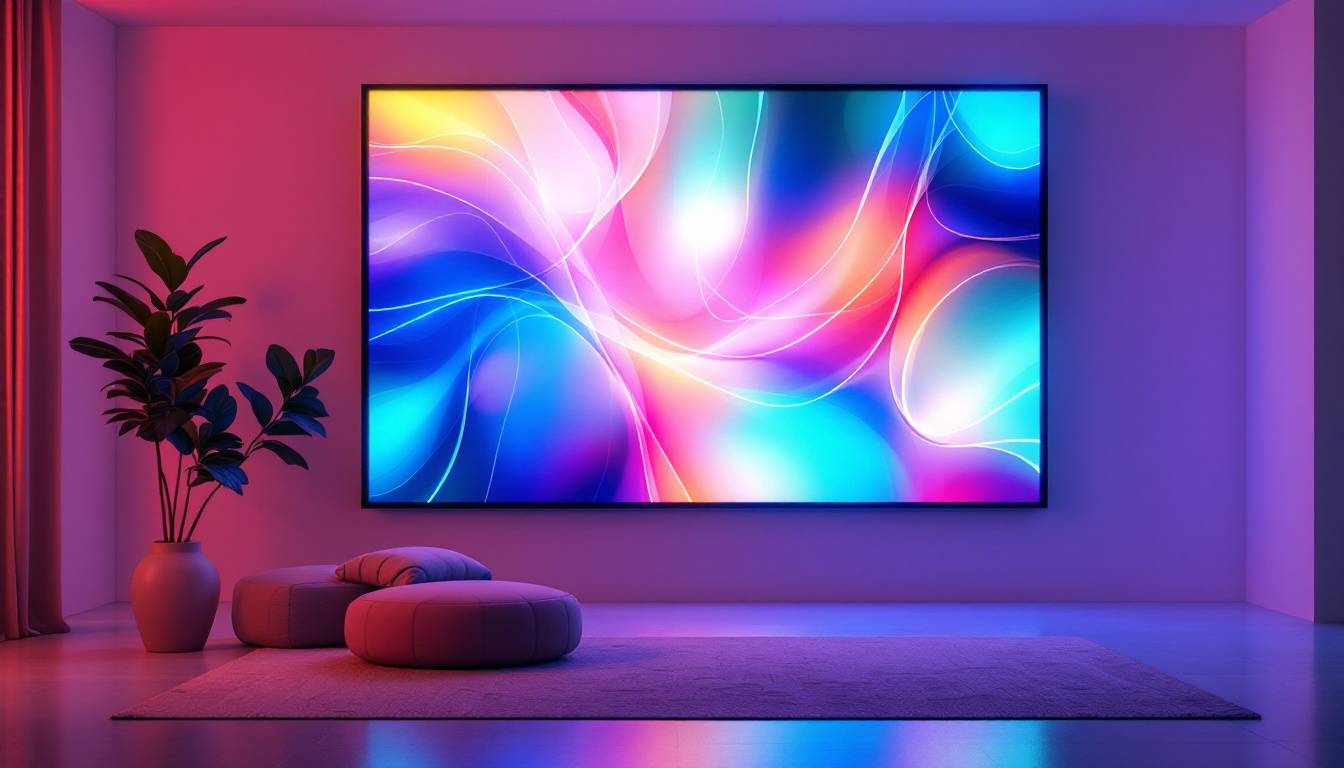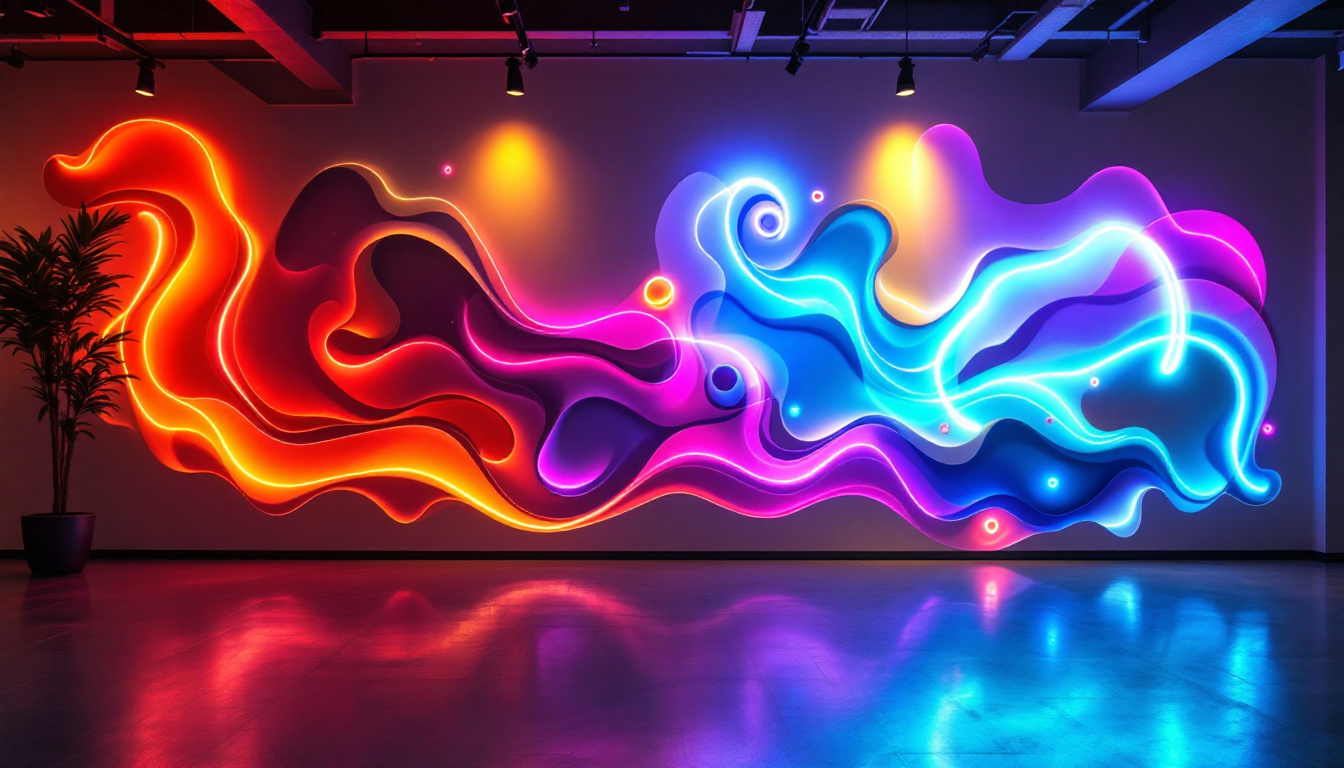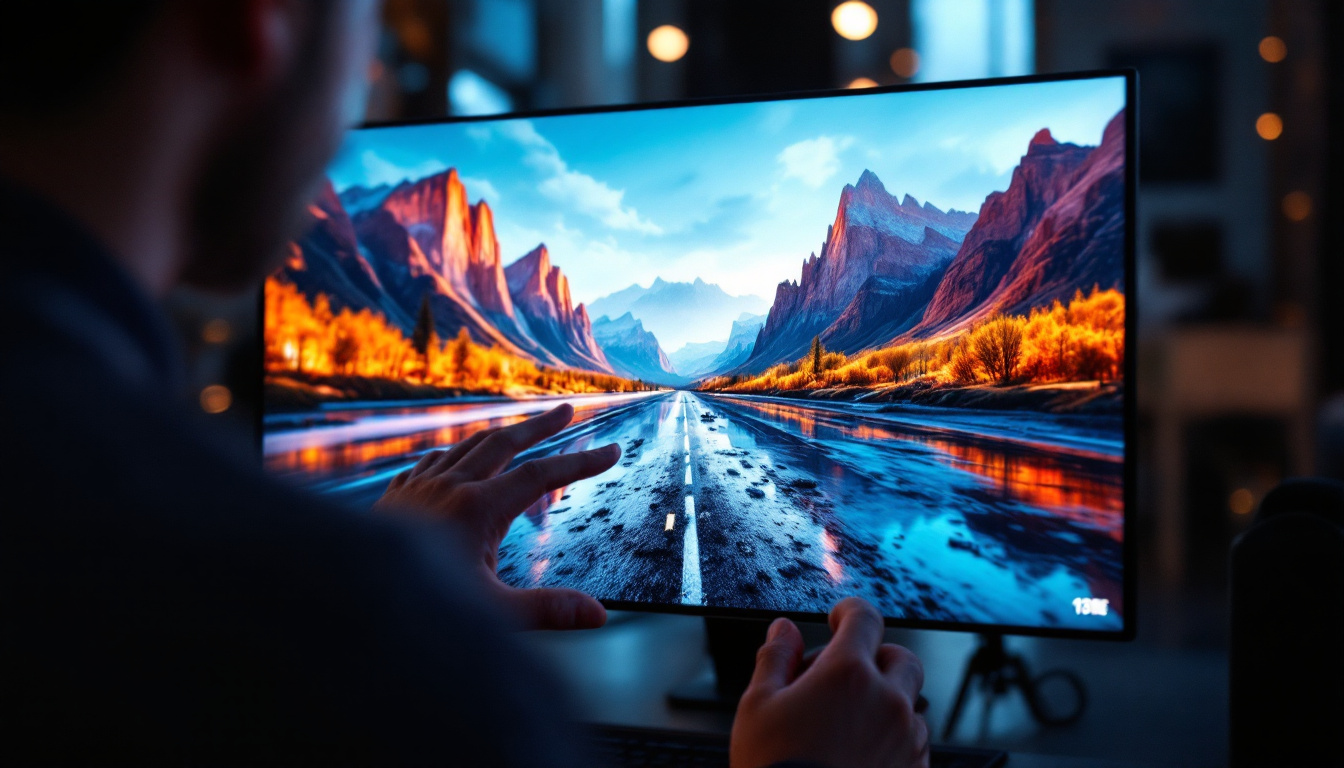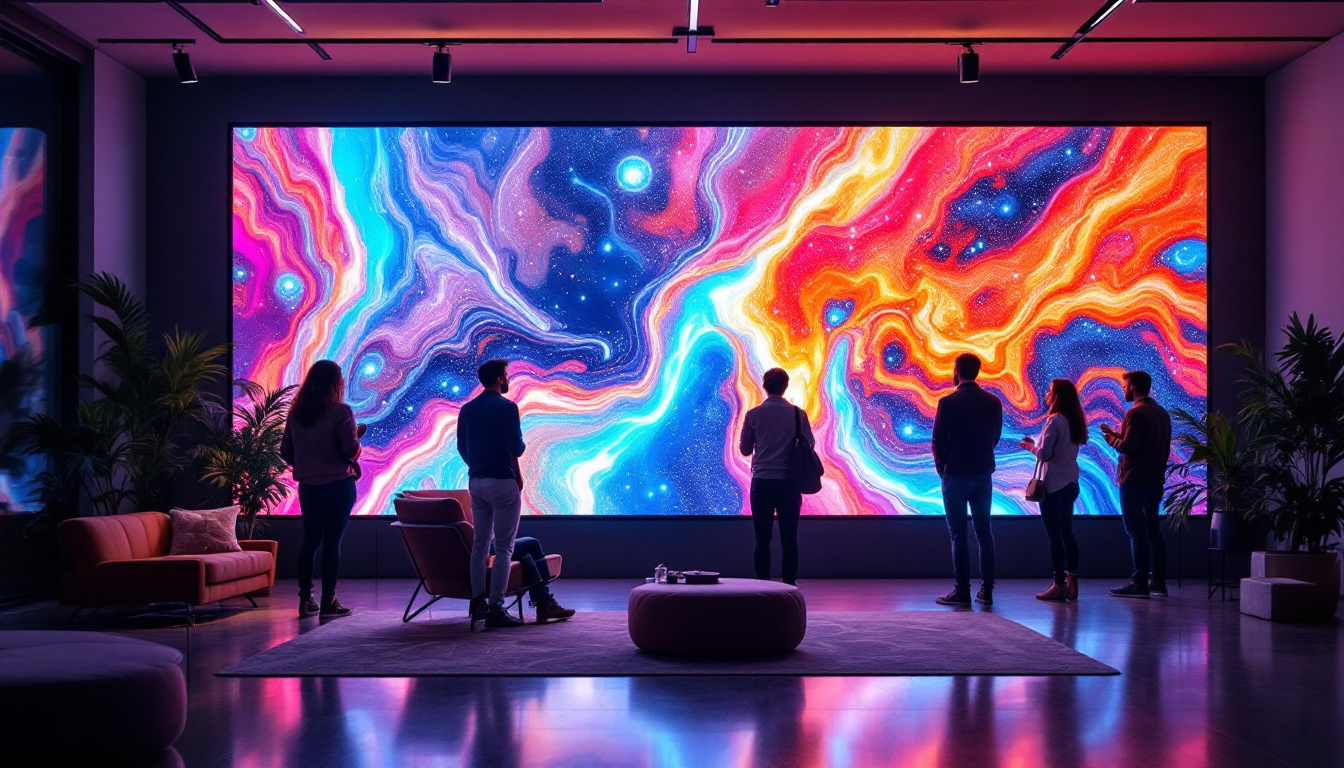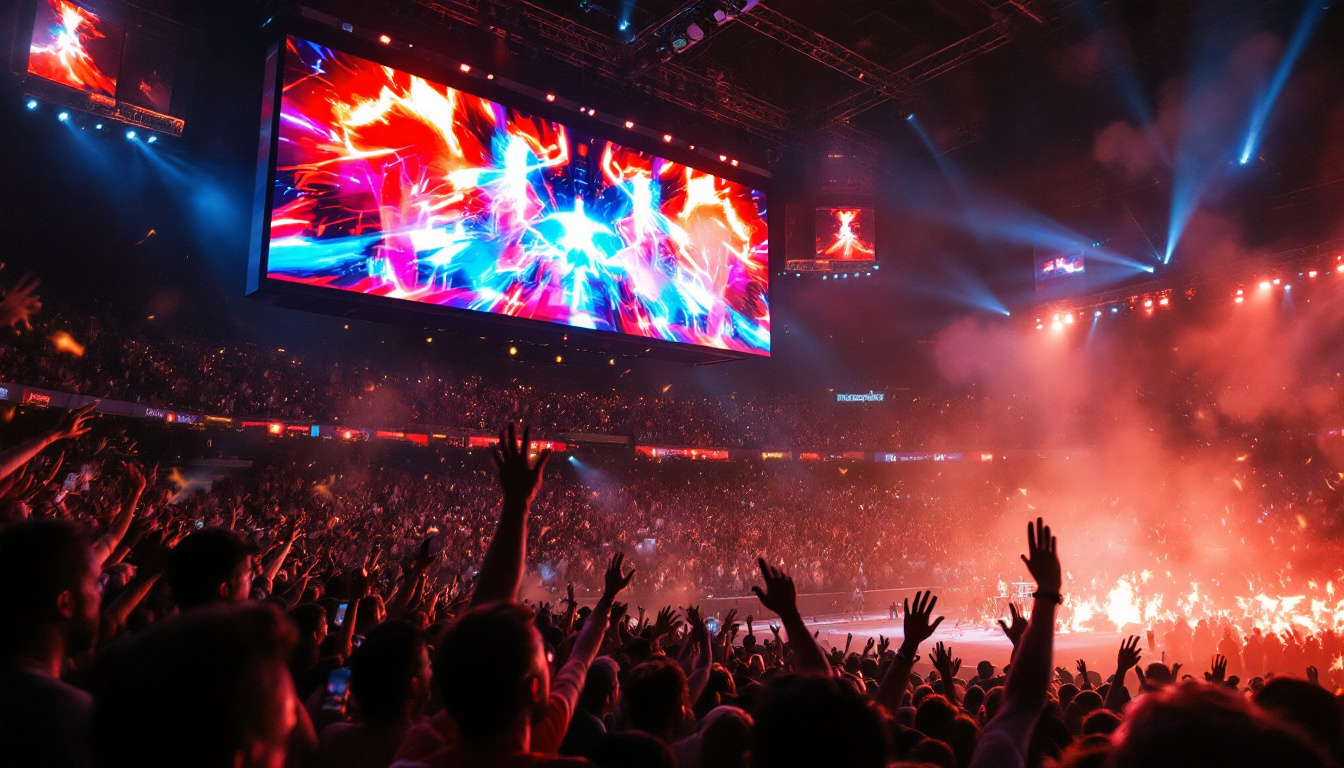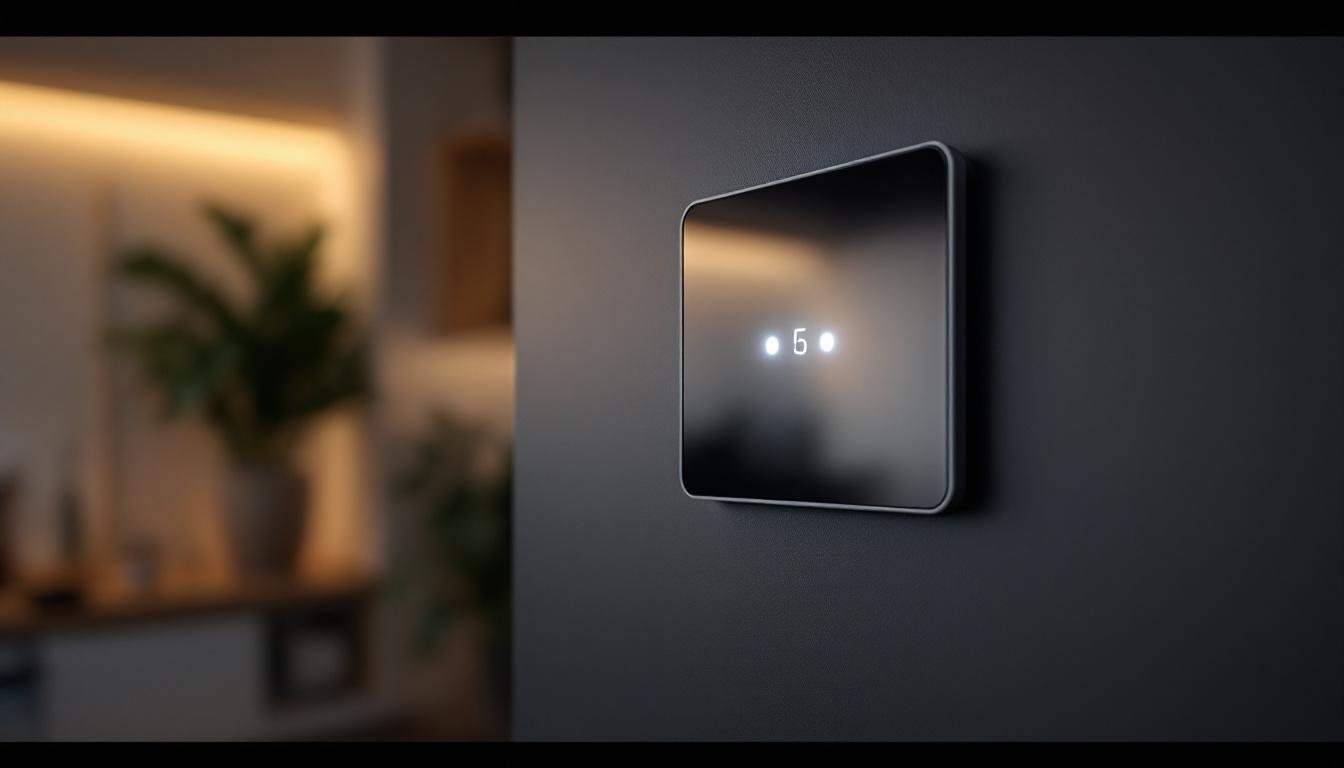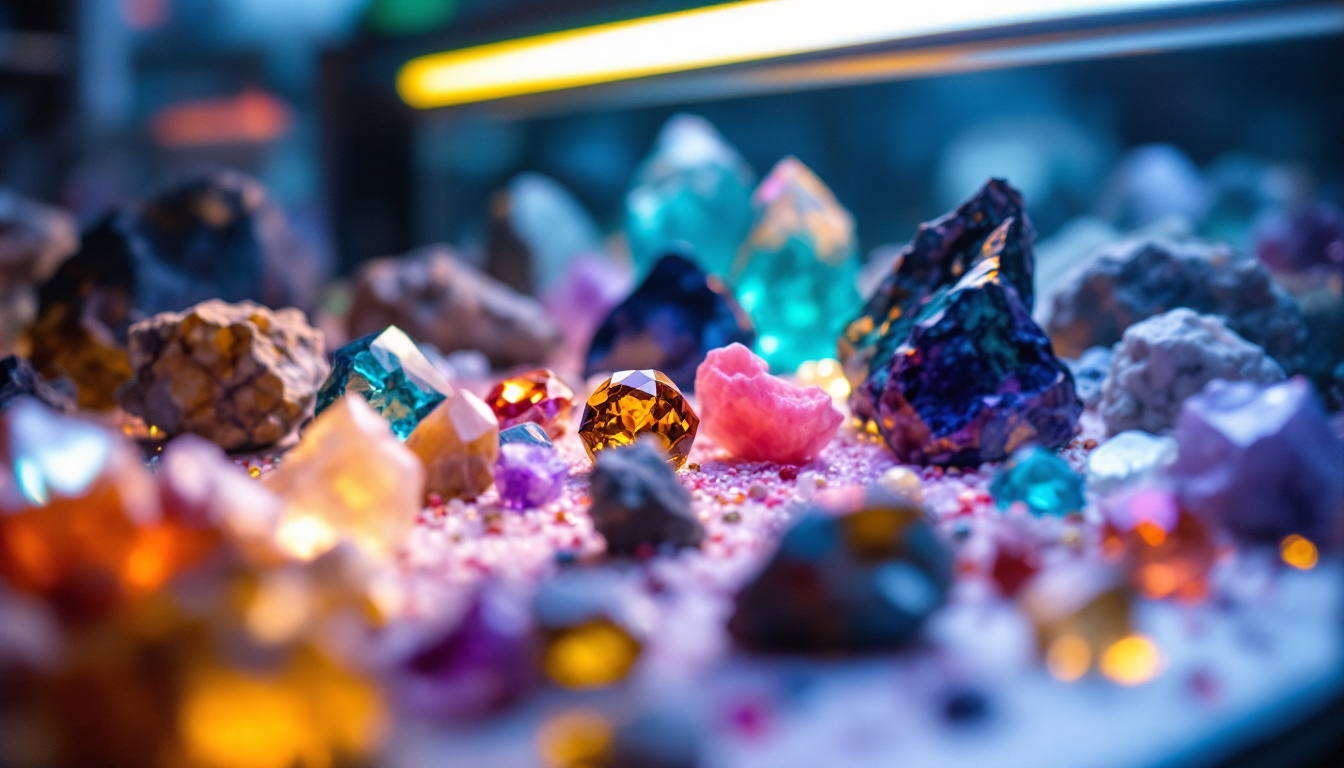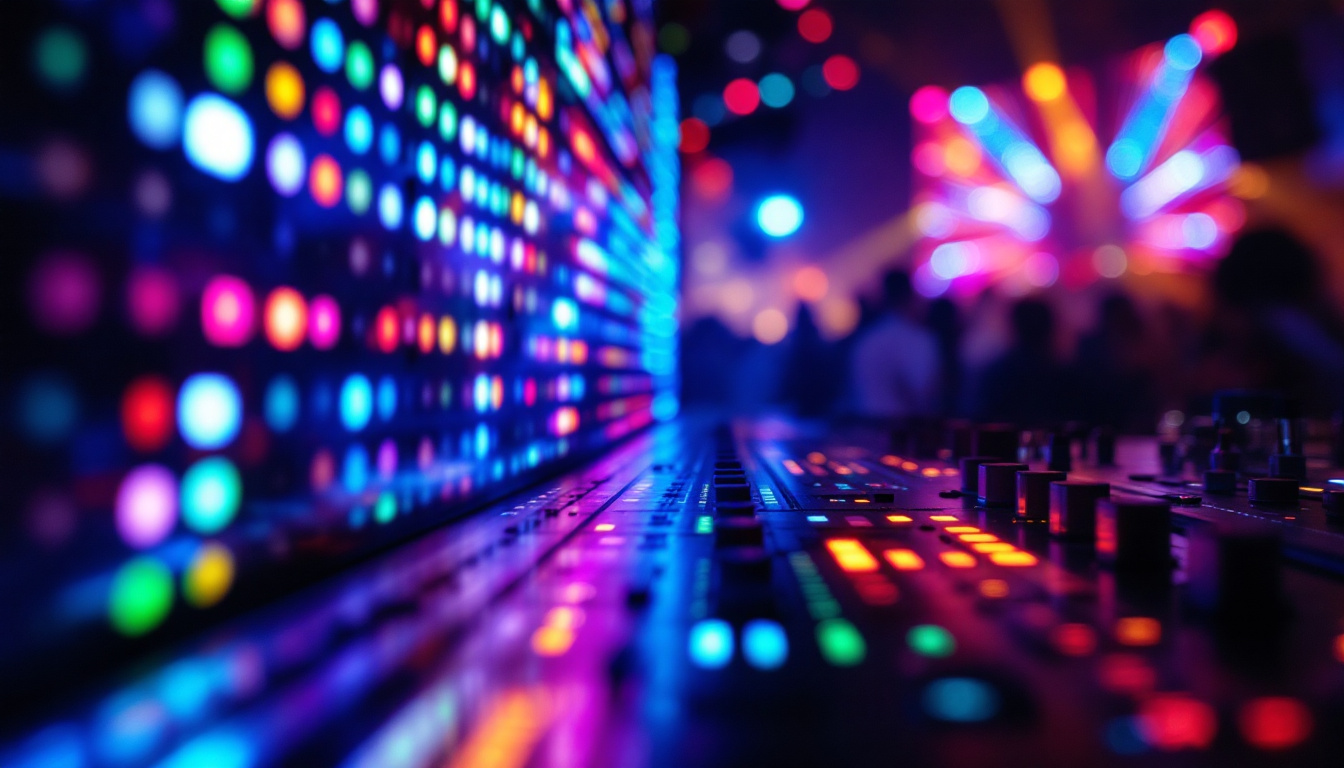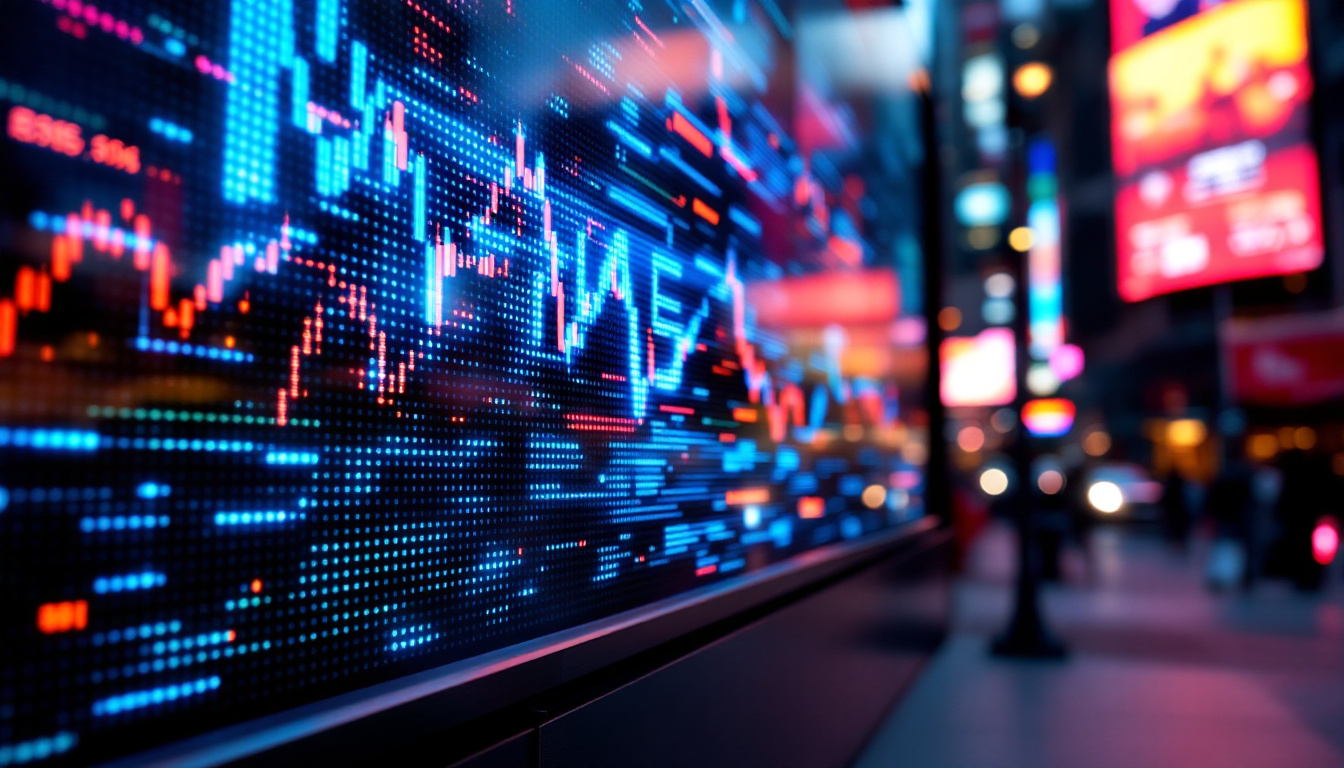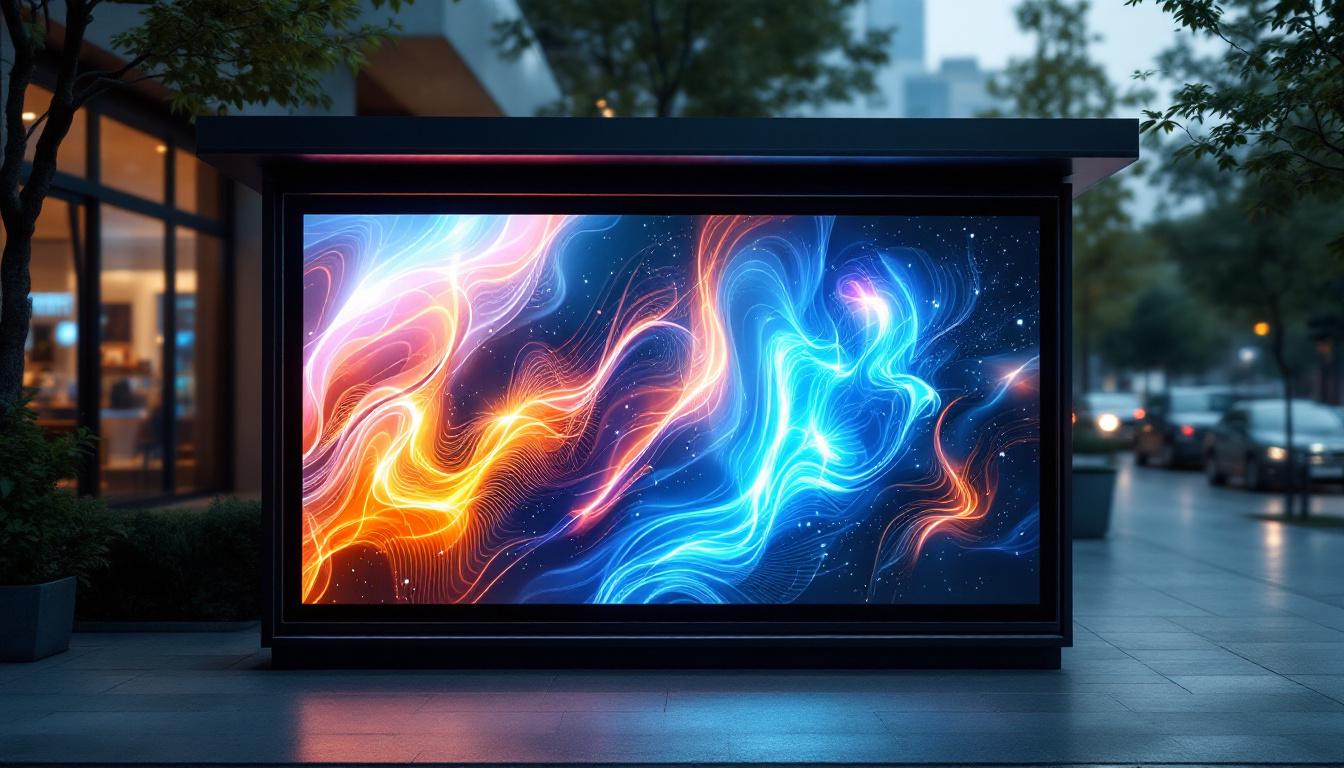In the modern world, screens are ubiquitous. From smartphones to large billboards, LED displays have transformed the way we interact with technology and consume information. Understanding how to make a screen, particularly an LED display, involves delving into the technology behind it, the materials used, and the assembly process. This article will guide you through the intricacies of LED displays, offering insights into their construction and functionality.
Understanding LED Technology
Light Emitting Diodes (LEDs) are semiconductor devices that emit light when an electric current passes through them. Unlike traditional incandescent bulbs, LEDs are energy-efficient and have a longer lifespan, making them the preferred choice for modern displays. Their low power consumption not only reduces electricity bills but also contributes to a smaller carbon footprint, making them an environmentally friendly lighting option.
The Basics of LED Functionality
At its core, an LED consists of a chip made from a semiconductor material, typically gallium arsenide or gallium phosphide. When electricity flows through the chip, electrons recombine with holes (the absence of electrons) within the material, releasing energy in the form of photons. This process is known as electroluminescence. The efficiency of this process is significantly higher than that of incandescent bulbs, which lose a considerable amount of energy as heat rather than light.
The color of the light emitted by an LED depends on the materials used in the semiconductor. For example, different combinations of gallium, arsenic, and phosphide can produce red, green, or blue light. By combining these primary colors, a full spectrum of colors can be achieved, which is essential for creating vibrant displays. Additionally, advancements in LED technology have led to the development of RGB (red, green, blue) LEDs that can be controlled to produce a wide array of colors, allowing for dynamic lighting effects in various applications, from stage lighting to smart home systems.
Types of LED Displays
LED displays come in various forms, each suited for different applications. The most common types include:
- Direct View LED Displays: These displays use individual LEDs to create images and are commonly found in outdoor advertising and large screens. Their high brightness and visibility make them ideal for use in direct sunlight, ensuring that advertisements and information are easily seen from a distance.
- LED Backlit Displays: Often used in televisions and computer monitors, these displays utilize LEDs to illuminate an LCD panel from behind. This technology enhances color accuracy and contrast, providing viewers with a more immersive experience when watching movies or playing video games.
- Organic LED (OLED) Displays: These are made from organic compounds that emit light, allowing for thinner screens and better contrast ratios. OLED technology offers the advantage of flexible displays, which can be curved or even rolled up, opening up new possibilities for innovative design in consumer electronics.
Moreover, the versatility of LED technology extends beyond displays. LEDs are increasingly being used in various fields, including horticulture, where specialized grow lights enhance plant growth by providing the optimal light spectrum. In automotive lighting, LEDs are becoming the standard for headlights and taillights due to their durability and efficiency. As research and development continue, we can expect to see even more innovative applications of LED technology in the future, further transforming how we interact with light in our daily lives.
Components of an LED Display
Creating an LED display requires several key components that work together to produce clear and vibrant images. Understanding these components is crucial for anyone interested in making their own screen. The integration of these parts not only enhances the visual quality but also ensures the longevity and reliability of the display, making it essential for both amateur and professional applications.
LED Modules
LED modules are the building blocks of an LED display. Each module contains a matrix of individual LEDs arranged in a grid pattern. These modules can be connected together to form larger displays. The number of LEDs per module and their arrangement can vary based on the intended use of the display. For instance, outdoor displays might use larger, more robust LEDs to ensure visibility in bright sunlight, while indoor displays can utilize smaller, high-resolution LEDs for detailed imagery. Additionally, advancements in technology have led to the development of flexible LED modules, which can be shaped to fit unconventional spaces, allowing for creative installations that were previously impossible.
Control Systems
The control system is responsible for managing the data sent to the LED modules. This includes processing images and videos, adjusting brightness, and ensuring that colors are displayed accurately. A typical control system consists of a computer or microcontroller that communicates with the LED modules via a data cable. Modern control systems often incorporate sophisticated software that allows for real-time adjustments and scheduling of content, enabling users to display dynamic advertisements or information. Furthermore, some systems are equipped with wireless capabilities, allowing for remote management and updates, which can be particularly beneficial for large installations spread across multiple locations.
Power Supply
LED displays require a stable power supply to function correctly. The power supply converts AC voltage from the wall outlet to the DC voltage needed by the LEDs. It is essential to choose a power supply that can handle the total wattage of the display to prevent flickering or damage. Additionally, many power supplies come with built-in safety features, such as overload protection and thermal regulation, which help to ensure the longevity of the display. As energy efficiency becomes increasingly important, some manufacturers are also developing power supplies that minimize energy consumption while maximizing output, contributing to a more sustainable approach in the production and operation of LED displays.
Steps to Create an LED Display
Building an LED display involves several steps, from planning and design to assembly and testing. Below is a detailed guide to creating your own LED screen.
Step 1: Planning and Design
The first step in creating an LED display is to determine its purpose and size. Will it be used for indoor or outdoor applications? What resolution is required? These questions will guide the design process. Once the specifications are established, a layout can be created, detailing the arrangement of LED modules and other components.
Step 2: Sourcing Materials
After finalizing the design, the next step is to source the necessary materials. This includes LED modules, a control system, a power supply, and any additional components such as mounting hardware and cables. It is advisable to purchase components from reputable suppliers to ensure quality and compatibility.
Step 3: Assembly
With materials in hand, the assembly process can begin. Start by mounting the LED modules onto a sturdy frame, ensuring they are securely attached. Next, connect the modules to the control system using data cables. Finally, connect the power supply to the display, making sure all connections are secure and properly insulated.
Testing and Calibration
Once the display is assembled, it is essential to test and calibrate it to ensure optimal performance. This involves checking each module for functionality, adjusting brightness levels, and calibrating colors for accuracy.
Functional Testing
Begin by powering on the display and running a series of tests to ensure that all LED modules are functioning correctly. This can be done by displaying solid colors and checking for any dead pixels or inconsistencies in brightness. If any issues are detected, they should be addressed before proceeding to calibration.
Color Calibration
Color calibration is crucial for achieving vibrant and accurate images. This process involves adjusting the settings of the control system to ensure that colors are displayed correctly across the entire screen. Various software tools are available to assist with calibration, allowing for precise adjustments based on the display’s characteristics.
Applications of LED Displays
LED displays are versatile and can be used in a wide range of applications. Their brightness, energy efficiency, and ability to display dynamic content make them ideal for various settings.
Advertising and Marketing
One of the most common uses of LED displays is in advertising and marketing. Billboards, storefront displays, and event signage utilize LED technology to capture attention and convey messages effectively. The ability to change content quickly allows businesses to promote sales, events, and new products in real-time.
Entertainment and Events
In the entertainment industry, LED displays are used for concerts, festivals, and sporting events. Large screens provide audiences with enhanced visuals, displaying live feeds, graphics, and advertisements. Their ability to produce bright images in outdoor settings makes them a popular choice for event organizers.
Information and Wayfinding
LED displays are also used for information dissemination in public spaces. Airports, train stations, and shopping malls utilize LED screens to display schedules, directions, and important announcements. Their clarity and visibility ensure that information is easily accessible to the public.
Future Trends in LED Display Technology
The LED display industry is continually evolving, with advancements in technology leading to new possibilities. Understanding these trends can provide insights into the future of screen-making.
MicroLED Technology
MicroLED technology is an exciting development in the LED display field. This technology uses tiny individual LEDs to create images, allowing for higher resolutions and better contrast ratios. MicroLED displays are thinner, lighter, and more energy-efficient than traditional LED screens, making them ideal for a variety of applications.
Flexible and Transparent Displays
Another trend is the development of flexible and transparent LED displays. These screens can be bent or shaped to fit unique designs, opening up new possibilities for creative applications in architecture and advertising. Transparent displays allow for the integration of digital content into physical environments without obstructing visibility.
Smart Displays
As technology advances, LED displays are becoming smarter. Integration with IoT (Internet of Things) devices allows for real-time data updates and interactivity. Smart displays can adapt to their environment, adjusting brightness based on ambient light or displaying tailored content based on viewer demographics.
Conclusion
Creating an LED display involves a combination of technology, design, and assembly. Understanding the components and processes involved is essential for anyone looking to build their own screen. With the versatility and efficiency of LED technology, the possibilities for applications are vast and continually expanding. As innovations continue to emerge, the future of LED displays promises even more exciting developments, making them an integral part of modern life.
Whether for advertising, entertainment, or information dissemination, LED displays are here to stay. Embracing this technology not only enhances visual communication but also opens up new avenues for creativity and engagement.
Illuminate Your Space with LumenMatrix
Ready to bring your vision to life with unparalleled brightness and clarity? Discover LumenMatrix’s innovative LED display solutions, where cutting-edge technology meets creative design. From vibrant Indoor LED Walls to dynamic Outdoor Displays and beyond, LumenMatrix offers a spectrum of options tailored to your needs. Elevate your brand’s presence, captivate your audience, and communicate with impact. Check out LumenMatrix LED Display Solutions today and step into the future of visual storytelling.

